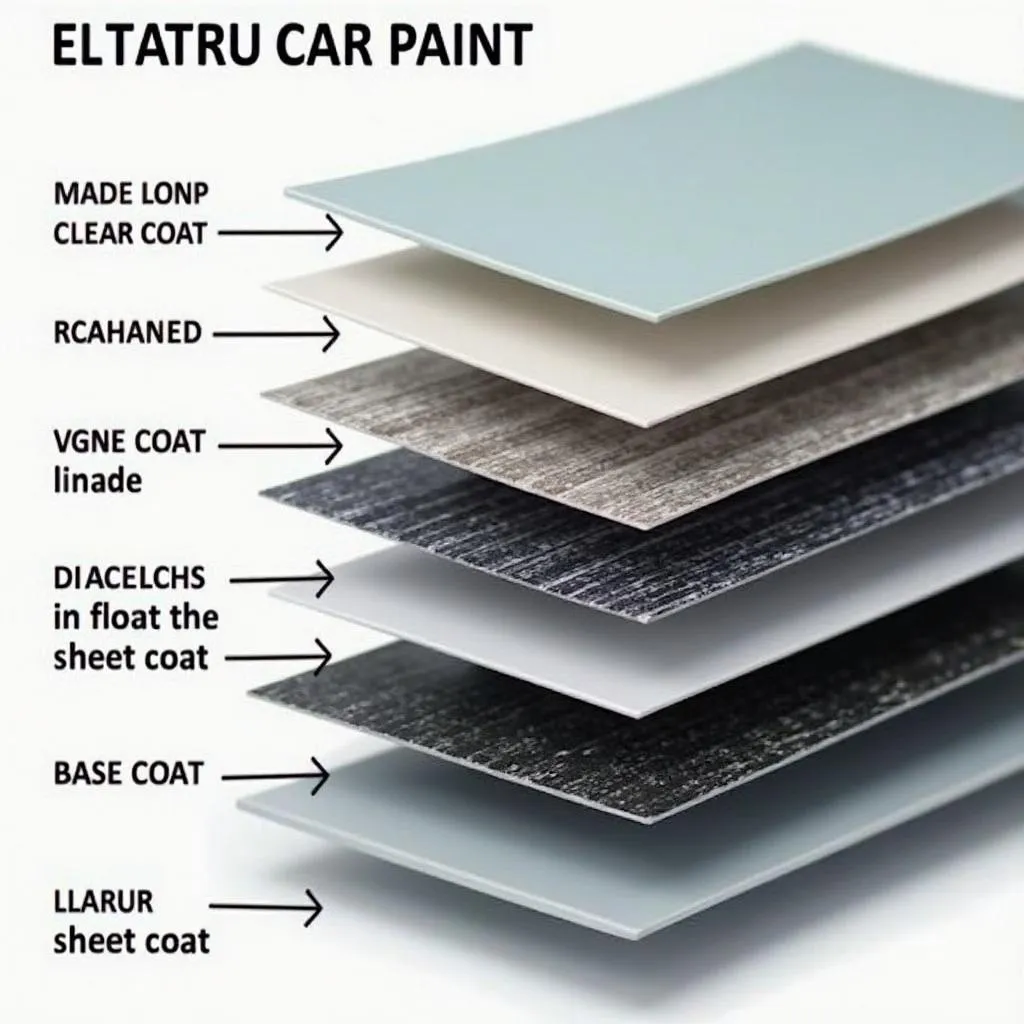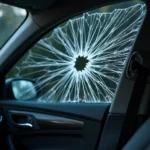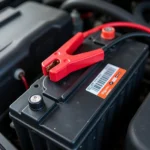Scratch repair on car paint is an inevitable part of owning a vehicle. Whether it’s a minor graze from a shopping cart or a deeper scratch from a stray branch, these blemishes can detract from your car’s appearance and potentially affect its resale value. Luckily, not all scratches are created equal, and many can be addressed without resorting to costly professional repairs. This guide delves into the different types of car paint scratches, how to assess their severity, and the various DIY and professional scratch repair options available to you.
Understanding Car Paint Layers and Scratch Depth
Before attempting any scratch repair, it’s crucial to understand the composition of your car’s paint and determine the depth of the damage. Automotive paint typically consists of four layers:
- Clearcoat: The outermost layer, providing UV protection and a glossy finish.
- Basecoat: The layer containing the actual color pigment of your car.
- Primer: A preparatory layer that promotes adhesion of the basecoat to the metal.
- Sheet Metal: The structural component of your car’s body.
Scratches are categorized by the depth to which they penetrate these layers:
- Clearcoat Scratches: The most common and superficial type, affecting only the clearcoat. They often appear white or lighter than the surrounding paint.
- Basecoat Scratches: These penetrate through the clearcoat and into the basecoat, revealing a different color underneath.
- Primer Scratches: Deeper scratches that expose the primer layer, often appearing gray or off-white.
- Deep Scratches: The most severe type, reaching the sheet metal and potentially causing rust if left untreated.
Assessing the Severity of Scratches
The “fingernail test” is a simple way to assess scratch depth. Gently run your fingernail across the scratch. If your nail catches, the scratch is likely through the clearcoat and requires more than just polishing.
DIY Scratch Repair Options
For minor clearcoat and some light basecoat scratches, DIY repair kits and techniques can be effective:
- Scratch Removal Products: These typically contain mild abrasives and polishing agents to buff away light imperfections.
- Touch-up Paint: For scratches that reach the basecoat, apply touch-up paint matching your car’s color code.
- DIY Repair Kits: These often include a combination of cleaning agents, applicators, and polishing compounds for a more comprehensive approach.
Johnathan Miller, an automotive paint specialist at CarCare Central, emphasizes, “While DIY solutions can be effective for minor scratches, it’s crucial to choose products specifically designed for automotive paint and follow the instructions carefully to avoid causing further damage.”
When to Seek Professional Help
Deeper scratches, those exposing primer or metal, or extensive damage require professional attention. Professional auto body shops have the expertise and specialized tools for:
- Color Matching: Ensuring the repaired area seamlessly blends with the surrounding paint.
- Wet Sanding: Leveling deeper scratches and imperfections.
- Spray Painting: Applying fresh layers of paint for a flawless finish.
- Clearcoat Application: Restoring the protective and glossy top layer.
Preventing Future Scratches
Preventing scratches altogether might be impossible, but these tips can significantly reduce their occurrence:
- Regular Washing and Waxing: A protective wax layer can minimize the impact of minor abrasions.
- Mindful Parking: Opt for well-lit areas away from shopping carts and potential door dings.
- Protective Films: Consider Paint Protection Film (PPF) for vulnerable areas like the hood and bumper.
Scratch Repair on Car Paint: FAQs
Can I use household cleaners on car scratches?
It’s best to avoid using household cleaners as they can be too harsh and damage the paint further.
How long does touch-up paint take to dry?
Drying times vary depending on the product, but it’s generally advisable to wait at least 24 hours before washing or waxing the area.
Does car insurance cover scratch repair?
Coverage for scratch repair depends on your specific insurance policy. Comprehensive coverage typically covers damages not related to a collision, but it’s essential to review your policy details.
Need help with a car paint scratch?
Contact our team at CarRepairOnline via WhatsApp: +1(641)206-8880, Email: [email protected]. We are available 24/7 to assist you.



